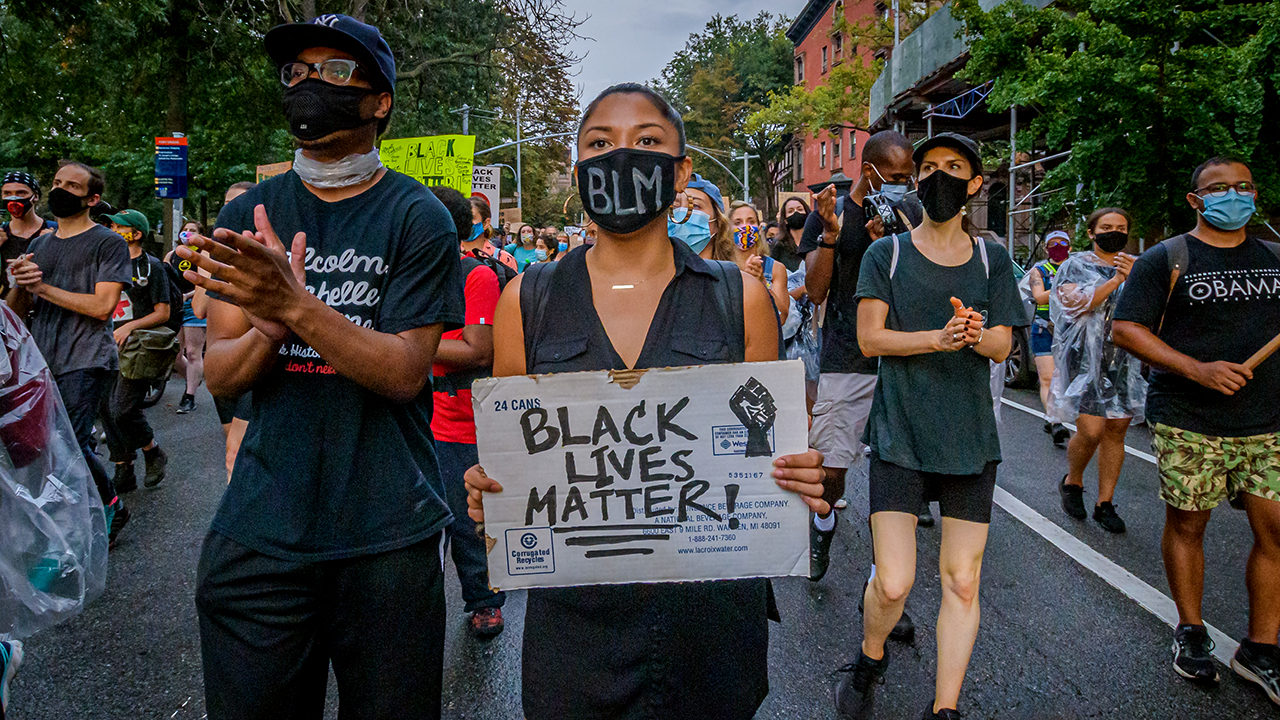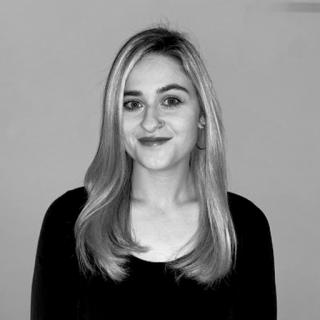
Federal charges loom large for individuals targeted in last Summer’s George Floyd uprisings
According to a new report from The Movement for Black Lives, a “vast majority of the charges brought were for non-violent offenses.”
On May 25, 2020, George Floyd lost his life to police brutality, and his unjust death activated the “fight or flight” response of an entire nation, ultimately reigniting a global movement for social change.
The Summer of 2020 will forever be remembered as three months of massive demonstrations in the fight for racial equality and police accountability.
According to a new report from The Movement for Black Lives, a coalition of Black advocacy groups, the Justice Department targeted more than 300 civilians by charging them with federal crimes for their roles during the demonstrations.
In the fight for Black self-determination, power, & freedom in the US, one institution’s relentless determination to destroy Black movement is unrivaled—the United States federal government.@Mvmnt4BlkLives & @CUNY_CLEAR released a report with details: https://t.co/ifd5zsPIbo pic.twitter.com/d34FM3OLKB
— Movement 4 Black Lives (@Mvmnt4BlkLives) August 18, 2021
“Struggle For Power: The Ongoing Persecution of Black Movement by the U.S Government,” was co-authored by CUNY School of Law’s Creating Law Enforcement Accountability & Responsibility Clinic.
It found that more than 90% of federal cases against Black Lives Matter (BLM) protesters could have been charged in state court, and that in 88% of these cases, the federal charges were more serious than similar state charges.
“This persecution resulted in hundreds of organizers and activists facing years in federal prison with no chance of parole,” the report read.
Federal officials filed a series of charges against racial justice protesters over five months following Floyd’s death, including 105 for arson, 49 for civil disorder, 45 for assault against an officer, and 30 felon-in-possession of a weapon cases.
According to the report, the "vast majority of charges brought were for non-violent offenses or offenses that were potentially hazardous but were restricted to property destruction, not violence against people."
Princess Masilungan of the Creating Law Enforcement Accountability & Responsibility clinic:
— Dimitri Lascaris (@dimitrilascaris) August 19, 2021
"The federalization of protest-related charges was a deliberate and cynical effort to target and discourage those who protested in defense of Black lives."https://t.co/wfTQeaGiJL #BLM
The Movement for Black Lives recommends granting amnesty for those who were charged, as well as abolishing local FBI Joint Terrorism Task Forces to “mitigate the harms” of federal prosecutions in which they claim defendents were over-charged.
The analysis stated that in more than 20% of the cases against protestors, the charges come with mandatory minimum sentences.
The organization is also suggesting that people demand governmental reparations, including an apology and an overdue acknowledgment of the “long history of targeting movements in support of Black life and Black liberation.”
During the civil unrest of last Summer, former President Donald Trump called on governors to deploy the National Guard to “dominate” protestors and the Justice Department activated “Operation Legend,” a team of federal and deputized local law enforcement to fight violent crime.
"Operation Legend was stretched beyond its original and unrelated purpose in order to contribute to the federal effort to disrupt the movement," the report stated.
When the operation concluded, the Justice Department had arrested 6,000 individuals, and about 1,500 of them were charged with federal offenses.
In cities like New York, Portland, Oregon and Seattle, BLM protesters often stood off with federal law enforcement, particularly when mandatory curfews went into effect at night. Demonstrations often continued long after the sunset, which violated these curfews.
RELATED CONTENT
Seattle #BlackLivesMatter march may be one of the largest marches I’ve seen in this city. pic.twitter.com/SOoYOccRY3
— Joshua Trujillo (@joshtrujillo) June 12, 2020
When participants would not leave, police sometimes deployed pepper spray and used physical force to disperse crowds. Many of these intense confrontations between protesters and officers were captured on cell phone video and broadcast on live television.
More often than not, white allies were forced to physically create a barricade between their Black co-protesters and law enforcement to protect them from potential police brutality.
“6th and Jefferson in Louisville. This is a line of white people forming a barrier between black protestors and the police. This is love. This is what you do with your privilege.” - KY NOW#NoJusticeNoPeace #SayHerName #BreonnaTaylor
— (@SoQUALity) May 29, 2020
Photo credit: Tim Druck pic.twitter.com/GExdLwmxSQ
The report also maintained that federal officials have a documented, decades-long history of not-so-subtle attempts to suppress Black social movements.
For example, directed by former FBI Director J. Edgar Hoover, officials spied on and interrogated leaders associated with the Black Panther Party, as well as revolutionaries Angela Davis, Malcom X and Martin Luther King Jr.
On Dec. 4, 1969, Fred Hampton, chairman of the Black Panther Party’s Illinois chapter, was murdered by police.
Early in the pre-dawn hours of that day, a Peoples Gas truck pulled up in front of an apartment building in the West Side of Chicago. Fourteen plainclothes police officers discreetly filed out of the undercover truck, heavily armed with pistols, a machine gun and a detailed map of the apartment.
The raid caused the death of both Hampton, and Mark Clark, and it was later discovered that the assassinations were coordinated by the FBI as part of a secret program to neutralize and abolish the Black Panther Party, which Director J. Edgar Hoover privately called “the greatest threat to the internal security of the country.”
“Each of these transgressions is a direct response from the U.S. government to the perceived threat of Black power, and for each, the government constructed a justification to use their power to surveil, exploit, dominate, or punish Black freedom movements,” the report reads.











LEAVE A COMMENT:
Join the discussion! Leave a comment.